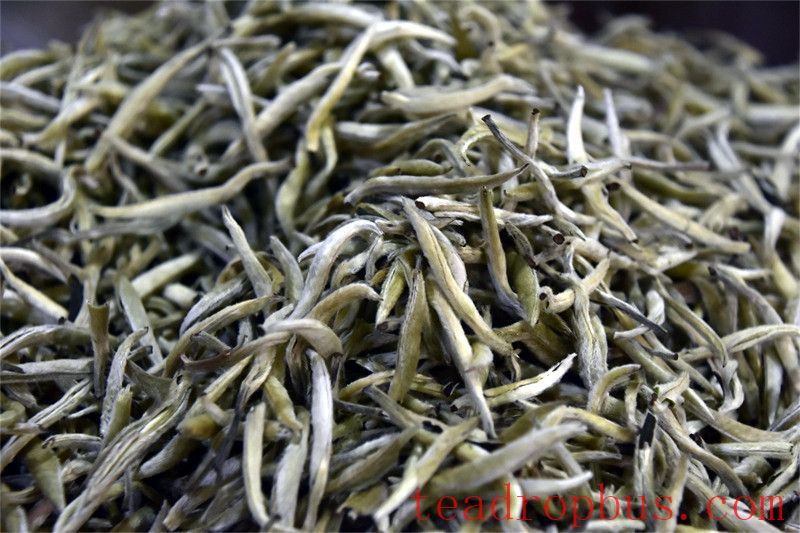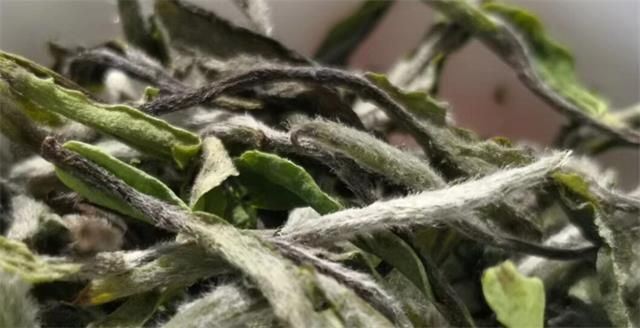Over the past decade, the fan base for white Tea has multiplied several times over and continues to grow!

There are those who used to be avid drinkers of Oolong tea and Pu'er tea, but now consider White Tea their new favorite. In Wuyi Mountain, a region known for Oolong Tea production, and in Yunnan, a region famous for Pu'er tea, almost every factory is now making white tea.
Then there are newer enthusiasts, who upon entering the world of tea, found themselves immediately drawn to the highly talked-about and market-popular white tea.
It appears that even without aggressive marketing and promotion, the popularity of white tea is almost inevitable.
The distinct taste that sets it apart from other types of tea; its dual suitability for both long-term storage and immediate consumption; the health benefits of aged white tea…
White tea is multifaceted, combining both talent and beauty, making it hard not to become popular.
White tea is very suitable for novice tea enthusiasts.
For someone just starting out with tea, their preference for taste is often unclear, and their ability to distinguish flavors is not yet strong. Therefore, teas with too intense and heavy flavors may not be the best choice.
The taste of white tea tends to be fresh, delicate, and elegant. Its aroma and flavor lean more towards natural, with minimal human intervention, making it perfect as an introductory tea.
In particular, the new white tea of the current year is reasonably priced, reducing the cost of getting into Tea drinking even further.
Therefore, Tea Encyclopedia consistently recommends: When unsure about which tea to choose, why not start with white tea? Especially the new white tea of the current year.

The common classifications of white tea include:
By tenderness, variety, and finished product grade, the most common types are Silver Needle, White Peony, Tribute Eyebrow, and Long Life Eyebrow;
By picking season, there is spring white tea and autumn white tea (such as the White Dew white tea);
By form, there is loose leaf and compressed tea (primarily white tea cakes);
By age, there is new white tea and aged white tea;
By origin, there is Fuding white tea, Zhenghe white tea, Yunnan white tea, etc.;
By the type of tea plant used, there is Da Bai (Big White), Cai Cha (Vegetable Tea), Shui Xian Bai (Water Fairy White), etc.
Although compared to many other types of tea, the number of varieties of white tea is not particularly high,
for a novice tea enthusiast just stepping through the door, what do they fear most? Choice.
Especially – choosing one from many.
Everyone knows that when you don't have a standard for taste, selecting white tea can be frustrating.
Spring tea and autumn tea each have their own characteristics, and whether to choose loose or tea cakes is also manageable, as the price for the same tea is roughly the same anyway.
The most perplexing part lies in choosing by grade and age.
— The higher the tenderness, the better the quality, so naturally, one would choose based on grade, and this applies to white tea as well!
— It's said that white tea is “a year's tea, three years' storage, seven years' treasure,” so shouldn't age take precedence?

How should a new tea enthusiast choose between grade and age?
Tea Encyclopedia suggests taking it in two steps:
First, prioritize grade over age.
While aged white tea is considered valuable for its increased functionality and higher price, this does not mean that only old white tea is worth drinking.
New white tea is fresh, pure, and refreshing. Its taste is light and elegant, and its aroma is pure and clear, presenting an unadulterated natural landscape untouched by time.
Without experiencing new tea, how can one truly understand old tea?
The charm of aged white tea lies in the continuous transformation brought about by time, resulting in new colors, aromas, and tastes at different stages.
A comprehensive understanding and recognition of the original appearance of white tea can help us truly appreciate the value of aged tea to the fullest extent.
From low to high, small to large, new to old… when drinking natural white tea, it is not unreasonable to follow this natural law.

Secondly, White Peony and Long Life Eyebrow can be prioritized over Silver Needle.
This logic primarily considers the price factor, one of the most sensitive aspects of tea as a commodity.
Or rather, if a new tea enthusiast finds the price of Silver Needle to be high, they can choose White Peony, and if White Peony is too expensive, they can opt for Long Life Eyebrow, allowing for flexibility based on budget.
A higher price for a certain grade is usually related to the yield and rarity of the tea, but taste preference does not necessarily correlate with price.
Based on experience, new tea enthusiasts just starting with white tea often cannot resist the beautiful appearance, floral aroma, and rich taste of White Peony, or the relatively mellow and cost-effective Long Life Eyebrow might also be a preferred option.
And the highest-grade, scarce, and expensive Silver Needle can be placed slightly later, which is not a bad idea either.
After all, white tea is a tea you will never tire of drinking for your entire life!